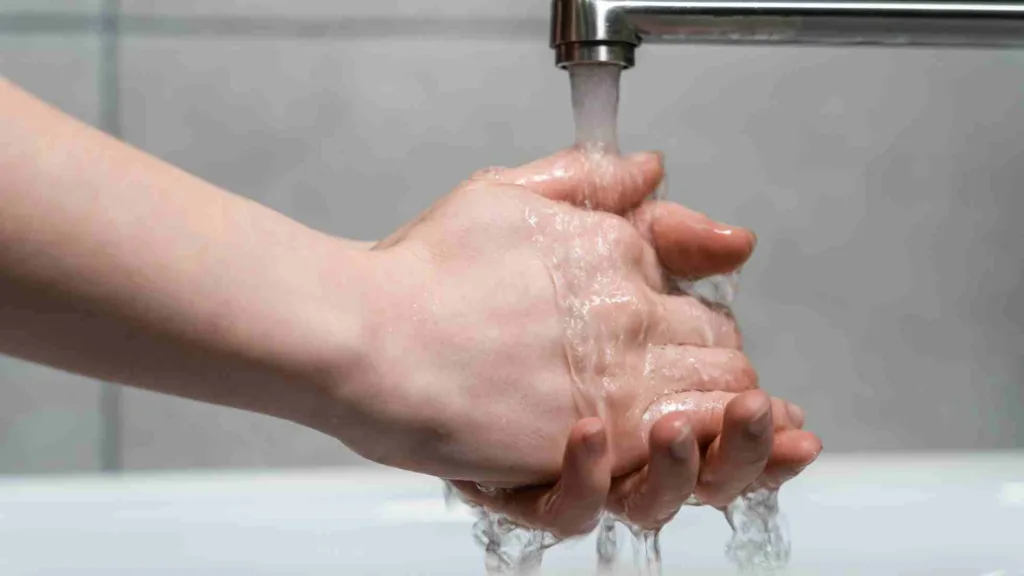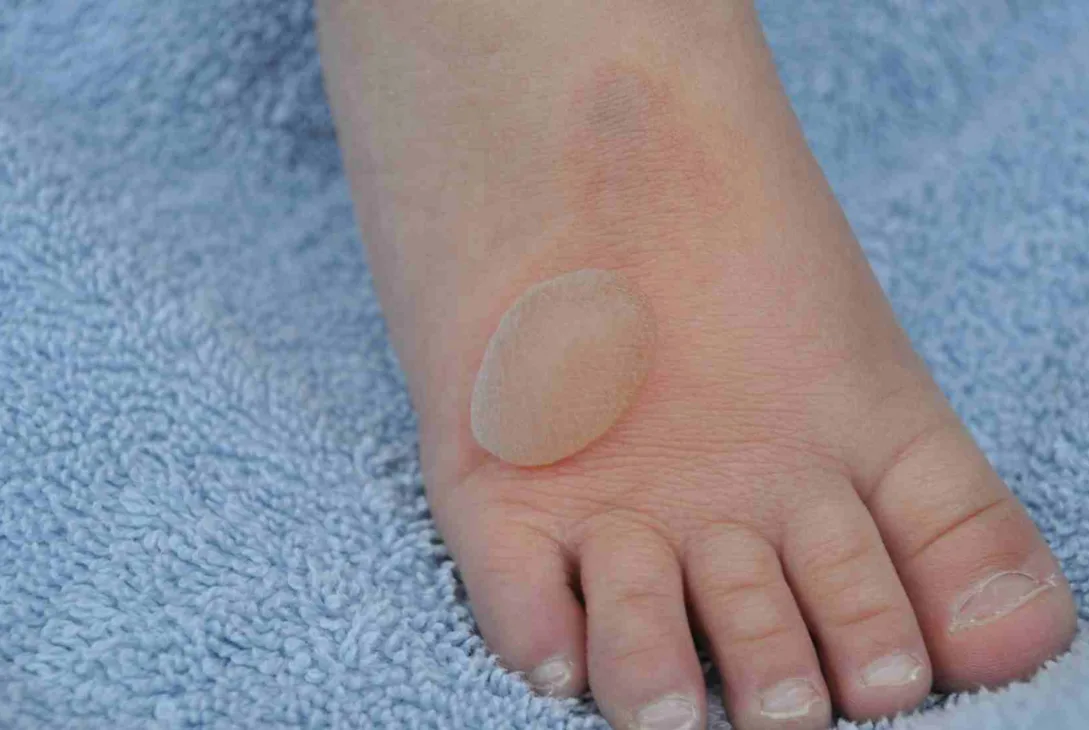Have you ever experienced kitchen burns? Do you know the steps involved in treating kitchen burns? Is treating kitchen burns difficult?
Burns are the second most common accidents that happen in the kitchen after cuts. Sometimes it’s the hot pan while others it’s the pressure cooker or the oven. Sometimes it’s the oil that splatters over your skin and sometimes it’s the boiling water.
I have been lucky enough to not have experienced severe kitchen burns but I sure have had my fair share of minor burns. This article is meant to help you treat yours effectively. Treating first degree kitchen burns is not at all difficult. This article lists 5 easy steps to treat minor kitchen burns.
Important:
Before we start with the remedies, you must understand that the remedies and tips suggested in this article are meant for minor superficial burns only. Seek medical care in case of severe burns.

Types Of Kitchen Burns
Do you know that burns can be classified into first, second, and third degrees based on their depth and extent?
First-Degree Burns

First-degree burns are classified as minor burns. It only harms the upper layer of your skin, your epidermis.
Your skin will turn red; it will also feel hot and cause pain or hurt, but you can usually treat it yourself. Your skin might experience minor swelling, which will subside in a week. The burn mark will also go away slowly.
In short, first-degree burns usually do not require you to go seek medical care. In this article, we are going to discuss the care and home remedies for only first-degree burns.
Second-Degree Burns

Second-degree burns go deeper down to the dermis. Dermis has sweat and oil glands, as well as blood vessels and nerve endings. Your skin may have blisters, which more often than not take three to four weeks to go away. Your skin color may change.
Second-degree burns might leave a light mark on your skin in some cases. You should consult a doctor if you feel that you have a second-degree burn. Carelessness can result in infection at the burn spot.
Third-Degree Burns

This is the severe case of burns which go deeper into your skin and destroy your pain receptors. If your pain receptors are destroyed, you might not feel any pain.
Skin can also turn white due to no blood flow. It can even harm your internal organs if it goes deeper. Hence, the first step in such a case is to seek emergency medical attention ASAP.
5 Steps To Treating Kitchen Burns Effectively
Strip
If the burn has been caused by a spill, make sure to let it breathe. Remove any clothing as clothes may trap heat and aggravate injury. You should also remove any jewelry as they may cause scratches and skin peeling from the burn area.
Cool The Burn
Next step is to cool the area. Stick your burn in a bucket of cold water or keep it under running cold water for a good 15-20 minutes. Do not rub your skin while running it under water.
Do not apply ice as it may slow down the blood flow and increase the injury. In case you are using ice or an ice pack, use it with a thin cloth.
Do not use antiseptic liquids to clean your burn.

Also, remember that running water on grease burns only spreads the oil. Dermatologists recommend wiping away grease with a dry cloth before cleaning and cooling the wound.
Using butter, mustard, and toothpaste are ineffective. Their coolness may provide temporary relief, but they also may cause infection.
Assess The Wound
Assessment of your wound is extremely important. It is one of the most important steps in treating kitchen burns. Assess the depth of the damage and size of the burn. Also assess the body part affected with the burn.
Burns to the face, hands, feet, or lap are more dangerous and take longer to heal than burns to other parts of the body.
If your burns are twice the size of your palm, go to the emergency and seek professional care.
If tendons or bones are exposed, no matter how small is your burn, you should check in with a doctor.
Protect The Burn

After cleaning, wrap the wound in a nonstick gauze bandage. A clean cotton fabric (not cotton balls) or kitchen cling wrap will also suffice.
It is critical to shield the burn. It lowers the likelihood of infection.
Make sure to change the dressing twice daily. More if it gets wet.
The idea is to keep the wound clean at all times to prevent infection.
If there are blisters, do not pop them. At all.
Fight Infection
Applying aloe vera gel may also be beneficial.
The most important thing is to cover the wound as soon as possible.
You can also apply honey, which is anti-inflammatory and antibacterial and contains fatty acids that help repair skin damage.
Use any antiseptic ointment or lotion only on prescription.
The Bottom Line
Treating kitchen burns at home is extremely easy. All you have to do is clean it properly and cool it down at first and then shield the wound with a bandage.
If the burn involves the face, fingers, feet, genitals, or hands; is on or near a joint; encircles a bodily part; or is larger than 3 inches in diameter, get medical attention.
Also Read : Irresistible Stuffed Palak Pakora In 30 Minutes
Last modified: December 10, 2023














